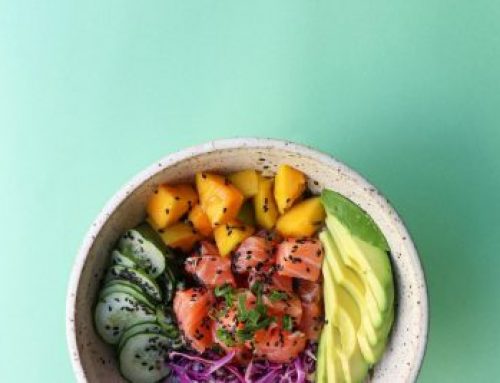Have you ever asked (or been asked) the dreaded 4pm question:” what’s for dinner”? Or had great intentions to eat well and get your veggies in, but had to grab something on the drive home because you were starving and there wasn’t anything inspiring in your fridge?
You are not alone! This is one of the most common challenges our clients face. How do you actually get the healthy food on the table in the midst of busy weeks, family needs, and everything else life throws at you?
Getting organized and having a plan that fits your life and needs is the key to cruising through the week more easily. Imagine if you knew exactly what you were going to make for each and every meal of the week? Or even better, what if the cooking and prep work was partially done already? How freeing would that feel to just totally skip the mental gymnastics that is cooking and eating on the fly all week long? A proper meal planning habit can do just that (and in the process, help your tummy remain happy).
So, how do you build a meal plan? Let’s start with the basics. Before diving into the food, look at your week and identify the following:
- Which nights are you not at home (late nights at work, kid activities, social obligations, etc.)?
- What nights of the week are “fright nights” – ones that are consistently a challenge to get anything on the table due to lack of time?
- What days or evenings you might have a few minutes to do a bit of prep such as chopping up veggies, throwing something in the slow cooker or marinating chicken?
The biggest challenge our clients face with meal prep? They often get pumped about prep and then burn out quickly. Be realistic – it might feel empowering to spend 4 hours in the kitchen once or twice, but life WILL get in the way, and the process will get frustrating. Instead of starting big and burning out, start smaller than you think you have to and scale up as you go.
Now let’s dive into food…
I usually have clients start with brainstorming:
- 1-2 basic high-protein breakfasts they can either throw together quickly or cook ahead of time
- 2-4 dinners that have a protein and lower carb veggies as the star, and a starchy side to satisfy as the side dish
- Any staples – eggs, milk of choice, snacks for kiddos, and some extra fruits and veggies.
Now plan out your grocery list. A thorough list is key to not getting stuck during the week (and keeping you from veering down the temptation-filled treat aisles).
- Some things to keep in mind while writing your list:
- Plan to double any dinners so you have leftovers for lunches
- Consider buying partially pre-prepped to start – cut up or frozen veggies, bagged salads, and a healthy bottled salad dressing or two
- Do a quick scan of your pantry – do you still have cooking staples like olive oil and spices? Don’t let the little things derail you during the week!
Now on to the final step. This step is perhaps the nerdiest, but also the most important, step. The one that totally changes the game for our clients.
That step? Block off grocery shopping and meal planning time in your calendar.
Make a recurring appointment to meal plan and shop. It’s not that you can’t change this if something comes up, but it makes our brain prioritize it as a weekly “must do” instead of a “should do”, and if your plans change you get a nice little reminder to reschedule (instead of totally forgetting to go and then scrambling come dinner time Tuesday night).




